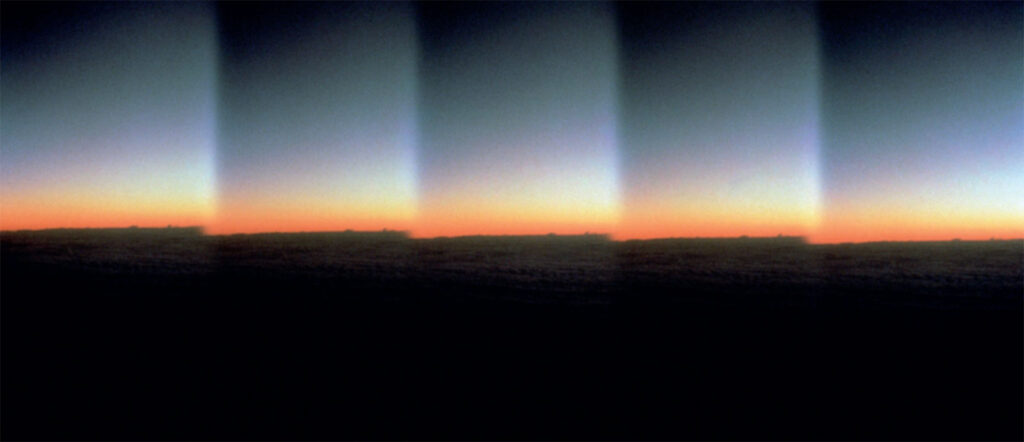Defining Authenticity in Fine Arts Photography
Maris Green
Advisor: Dr. Adele Nelson

Abstract
The complicated status of photography within the Artworld, in many respects, can be attributed to the photograph’s innate capacity to be reproduced. In the early years of promoting photography as a fine art around the 1860s, attaining a fine arts status for photography required differentiating the fine art object from its reproductions; artists only succeeded in establishing photography’s place in the fine arts world by successfully imbuing concepts of authenticity, originality, and artistic authorship to a rarified and unique fine arts print. But, by the 1960s, the Conceptualism movement freed the Artworld from a dependence on this traditional concept of authenticity and, as a result, radically changed how both artists and museums conceive of the photographic medium. In this thesis, I investigate how and why the treatment of photography from a materiality based perspective changed between the 1860s and present day and look into how these changing perspectives manifest in how artist’s and museums conceive of photographs from authenticity and originality based perspectives.